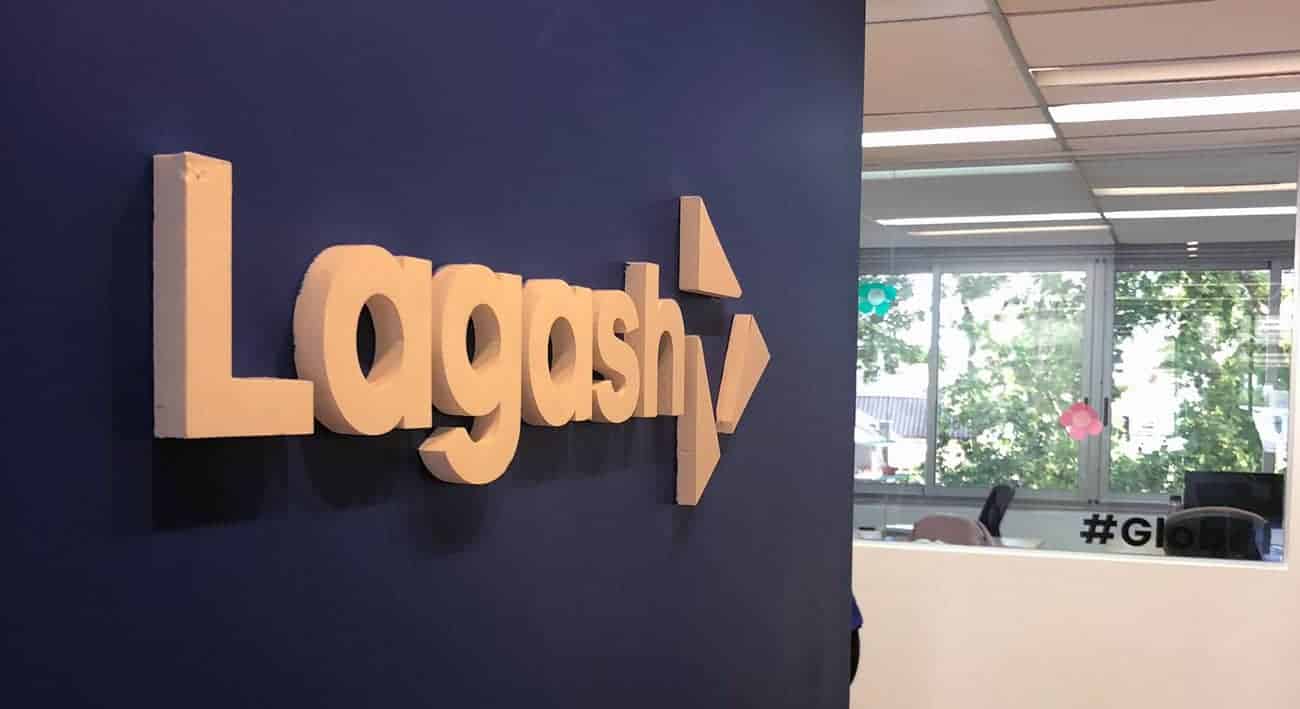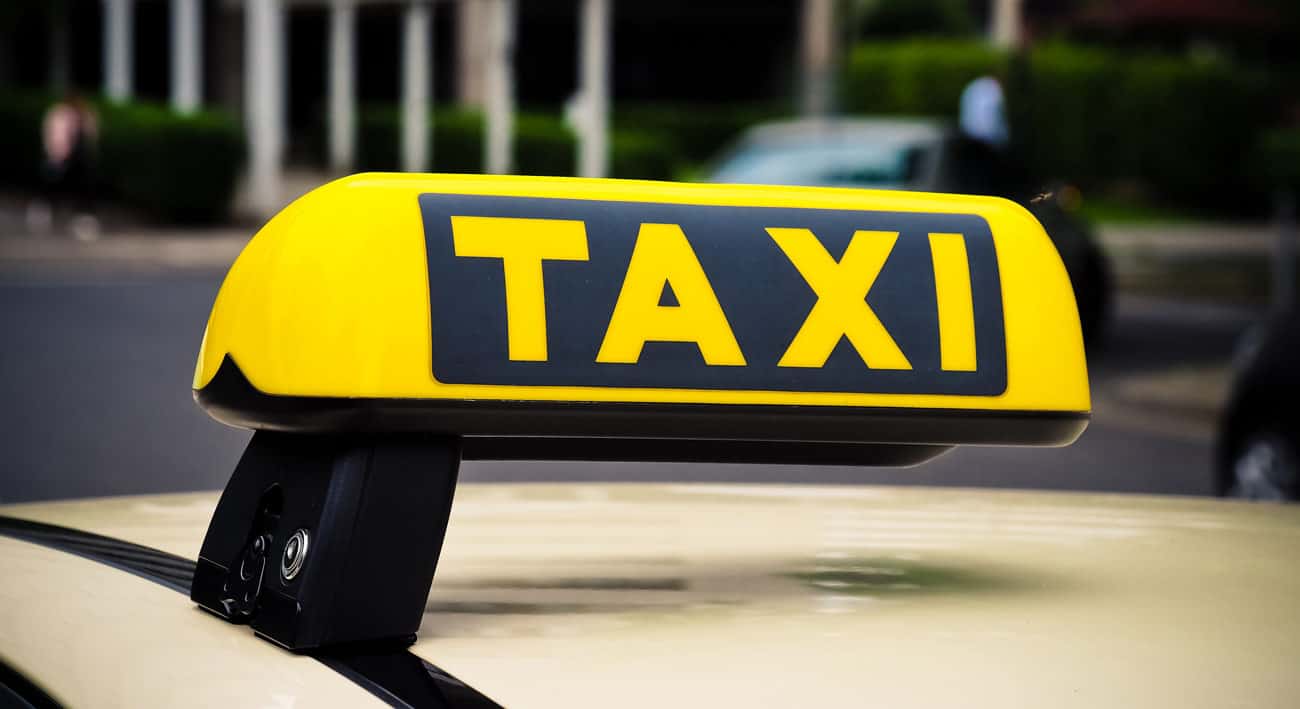[wd_hustle id=”InArticleOptin” type=”embedded”/]
Contxto – I’ll confess I didn’t until quite recently. And I don’t blame you if you’re not exactly clear as to the difference between a neo- and a challenger bank is. Often the terms are used interchangeably.
We thought we’d help to clarify a bit by rounding up these cream of Mexico fintech in a market map. But, beware, there’s a reason people mix their challengers with their neos; sometimes the difference is pretty difficult to untangle.
To make things harder, sometimes they evolve from one to the other seamlessly over time.
So, what are the official differences?
Neo v. Challenger
I’ve read a lot of nitpicky differentiations, such as the fact that neos don’t have brick-and-mortar presence. Or that neo-banks tend to focus on specific segments of the economy, such as SMEs, whereas challengers go the whole hog.
Yet, the clearest cut, least debatable difference is a legal one:
- Neo-banks do not have a full banking license and so depend on other established financial institutions.
- Challenger banks do have a full banking license, allowing them to operate fully as a financial institution with the whole suite of banking operations available to them.
As you may have guessed, it is from this difference that other differences stem—like neos’ secotorial focus.
Defining fintech in Mexico
Now, when it comes to neo-banks and challengers in Mexico there is little to differentiate geographically. Mexico City is the country’s undisputed hub.
Nevertheless, lest I betray my own chilango-centric bias, I thought it important to make this a Mexico-wide map.
The fintechs from other parts of the country indeed bring a lot to the table beyond geographic diversity. Mexico is a big country, and its vast regions must cater to vastly different issues, problems, and opportunities.
New fintech is designed to be tailor-made to their customers, so having your ear to the floor and boots on the ground in these regions is a massive plus.
Therefore, we must not ignore other startup banking institutions in other important hubs across the country. (Although, for convenience’s sake, just know that, unless I say otherwise, this bank is Mexico City-based.)
So, here are Mexico’s neo and challenger banks, divided up into these both categories. But know that some of the institutions may suddenly switch status after this is published. So, just FYI.
Not so clear cut after all, is it?

Challenger banks
Fondeadora
Fondeadora is the granddaddy of Mexican fintechs, but is rather new as a challenger bank. It started off as a crowdfunding platform and evolved into what it is now quite recently. It was early last year that it got the money it needed—US$1.5 million in a round led by Ignia—to transform into its new self.
Albo
Albo has rocketed to primacy to become Mexico’s main challenger. It was swift to change physical branches for a nifty app. Though, knowing you can’t go completely digital from scratch—especially in such a cash-dependent country—it’ll still send you a piece of plastic for you to carry around in your pocket (aka, a debit card).
Swap
Swap is a money transfer specialized . Its user-friendly platform allows you to send money peer-to-peer (P2P) without needing to be signed up to other banking intermediaries. It is Mexico’s most-used digital P2P payments platform, as well as a facilitator of mass cash disbursements for business clients.
Neo-banks
Flink
Flink is a pretty standard banking fintech. Its digital bank account has got the app, the card, a self-proclaimed customer obsession… However, what’s interesting about this one is that it is also an investment by the fraction platform. This way, it is catering for users without large sums to buy expensive stock, rather giving them the option to spend from US$20 to buy just a piece of stake in big-hitting companies like Netflix, Disney… the works. Their products are emitted and operated by Evertec México and Cacao Paycard Solutions, respectively.
Klar
Klar claims to have a card that doesn’t cost you and that you get paid to use. However, even just getting a good interest rate on your credit is a boon in Mexico. Klar made history late last year when it raised US$57.5 million in seed funding. That was the largest seed round to ever hit the books in Mexico.
Oyster
Oyster is building digital financial services for freelancers, startups, and SMEs in Mexico. Vilash Poovala and Gabriel Leon founded Oyster in September 2018 and launched their first product in July 2019.
Stori Card
The folks at Stori Card look to cater to the financially underserved populations of the country and is well on its way to bagging its 100,000th customer. Just this February, it concluded a US$10 million Series A2 round. Yes, that’s right, A2; our CEO, Víctor, thought that sounded more like an Audi or a steak sauce, than an investment round.
Cuenca
Cuenca offers to be the only account their customers will need. Like most other customer-centric fintechs, they look to offer reliable, fast, convenient, and secure services when sending and receiving money or making payments 365 days a year.
Nelo
Nelo has developed a mobile application for day to day financial transactions, asking friends and family for money. What’s interesting is that they’ll let you do it with unbanked people, making it easier than ever to be a mooch. Whether they’ll actually want to send it is another issue.
Broxel
Broxel mixes a teach of over 850 technology and innovation specialists in finance in order to create new and better ways of conducting digital payment methods. A very Mexican quirk to this neo is the way it has integrated itself into a Mexican government vouchers program. TENGO by Broxel makes it easier for companies to issue their vales de despensa (pantry vouchers, that is a stipend you can only spend on food and household items) to their employees.
Hey Banco
This one! This is the neo-bank that isn’t sardined into Mexico City. It makes sense for this neo-bank to be based in the northern city of Monterrey since its parent-financial institution is the traditional Mexican bank, Banregio. Indeed, Hey Banco has made a point of catering to its mostly northern Mexican clients.
EVVA
EVVA is a neo-bank that focuses on the entrepreneurial sector. It looks to empower underbanked micro and small businesses through financial inclusion by giving them access to a digital bank account. This way they can use it to build a financial identity and acquire third-party financial services, which normally are neglected to them.
MIBO
The neo-bank previously known as weex wallet is an interesting story that illustrates why the shifting sands (and definitions) or neo- and challenger banking are tough to keep up with. Weex used to be an independent fintech until it was bought up by US-based Yonder Media Mobile. Then, after allying with MasterCard, weex changed its name so as to really get into the neo-banking game as MIBO.
Tauros
Crypto was bound to make an entrance sooner or later into the banking world, and Tauros wanted it to be as disruptive as ever. Born as a crypto-exchange, Tauros quickly moved to neo-banking in order to ensure the cryptocurrency dream: A borderless world with free access to different currencies in an instant.
Vexi
Vexi was founded in 2016 and, beyond all the usual bells and whistles that a neo-bank touts, it seems genuinely interested in what many might think is my pet peeve: financial education (for more info click the related article below). Vexi tries to use technology to favor the customer and to create efficient, accessible, and transparent processes in a didactic way. “We want ALL Mexicans to have and learn to use a credit card”, they say—CAPs included.
Related article: Fintech sees consumers as stupid—it needs to give them some credit
Related articles: Tech and startups from Mexico!
-AG, SB
Researched by Salvador Betancourt-Ramírez






